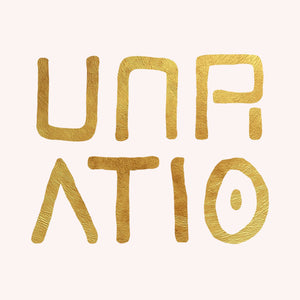Dare to Explore: Penang's Spice Garden and Its Poisonous Wonders

The bus journey to Tropical Spice Garden was an adventure in itself. There’s no doubt the driver knew every tight corner intimately, but it felt like I was hurtling along, ricocheting off the road that tightly hugged the edge of the rocky shoreline like a boa constrictor. One side offered tantalising glimpses of pristine beaches, turquoise waters, swaying palms and idyllic islands, while the other side presented sheer rock faces, adorned with resilient ferns clinging to their craggy cliffs.

Tropical Spice Garden is on the island of Penang in Malaysia. It is set on eight acres and serves as a biodiverse living museum of herbs and spice plants. I truly loved this garden. The landscaped grounds are set on a steep hill and feature a deep lush valley with a waterfall and natural brook that you can dip your feet in and let the fish nibble on your dead skin. My bliss was mildly tempered by a warning sign about an occasional guest, the keel-back snake, which apparently also enjoys a visit to this watery haven. The grounds are also home to the endangered giant black squirrel, which remained elusive on my visit.



The grandeur of the tropical plants in the valley captivated me. These colossal, majestic leaves towered above me, revealing a world of their own, inviting me to explore their beauty from the perspective of the underside of the leaves.








Tucked in the back corner up the top of the property is the “Poison Garden.” This section of the garden was designed to be part art gallery and part plant nursery, featuring 38 types of poisonous plants from around the world. The garden path meanders in a zigzag fashion, and I learned about each plant through metal booklets that contained abstract illustrations and notes in five different languages.
The concept behind the Poison Garden is to illustrate that the term “poisonous” is quite fluid. Many plants that have toxic properties can also have medicinal uses, depending on the context and usage. For example, some plants might induce adverse effects like diarrhoea but could also be used to detoxify the body. The garden aims to educate visitors on the dual nature of these plants.


I discovered what the cardamon plant and nutmeg tree actually look like, having only ever seen the dried spice in a grocery store. The experience of discovery, wandering the high terraced gardens gave extra depth to my understanding of Penangs spice trade history.
In the 18th century Penang emerged as a pivotal maritime trading post. The British East India Company recognised its strategic location along the Malacca Strait, a prime sea route for spice transportation. This led to Penang becoming a melting pot of cultures, with traders from Europe, India, the Middle East, and China passing through its ports. Penang was particularly known for its nutmeg and cloves. Nutmeg, a spice that was once worth more than gold by weight, was highly sought after for its flavor and purposed medicinal properties. Penang was one of the primary centres for nutmeg cultivation and trade in Southeast Asia during the colonial era. Today, nutmeg cultivation may not be as prominent as it once was in Penang, but the spice still holds cultural and historical significance in the region.

Pencil sketch I made of the exotic herb and spice terraces with the reflexology path. This drawing is part of my "Favourite Part Of The Day" Series. It is a little tradition and routine in my house to ask each other at the end of the day, what your favourite part of the day was. It is a lovely way to reflect back on the days events with positivity and gratitude. I like to capture some of these reflections in my artist journal.

Pencil sketch of the lovely fan palms in Tropical Spice Garden Penang.
Tropical Spice Garden transcends the boundaries of a typical botanical outing, blending history, nature and flavours in a sensory delight.
x Bella
